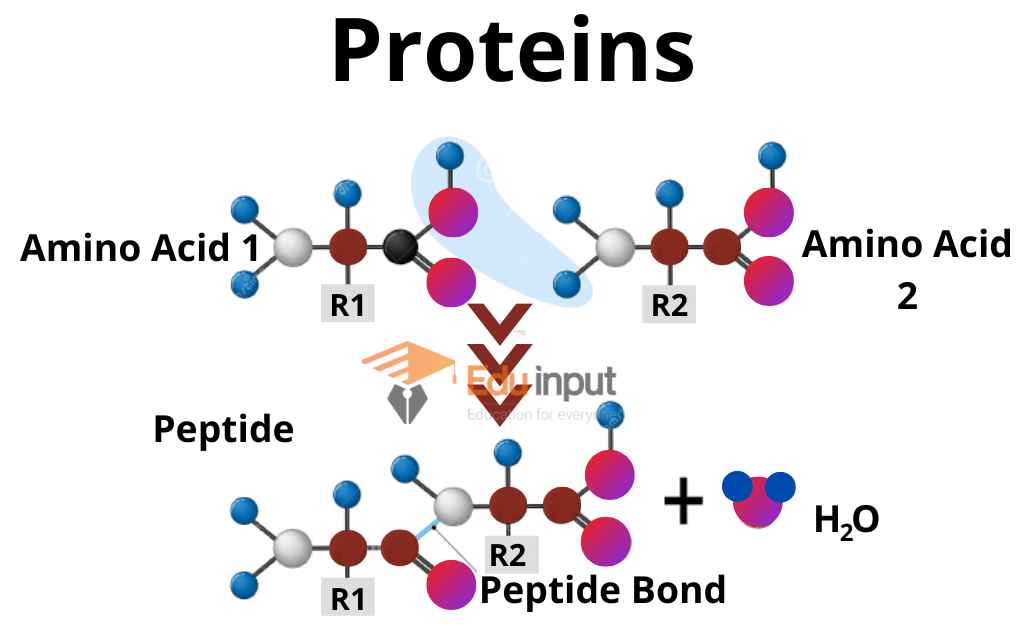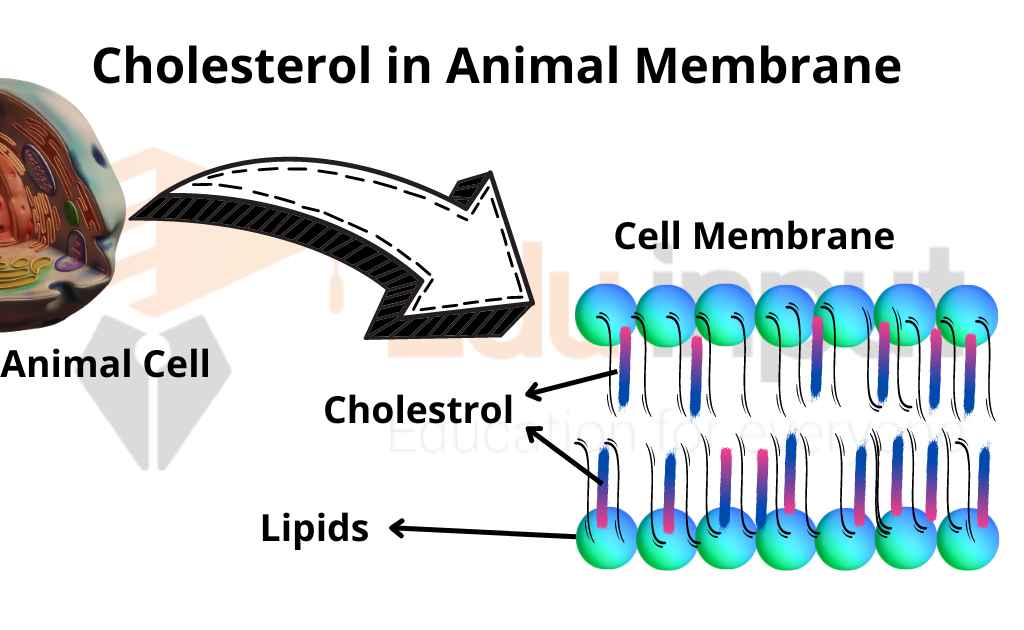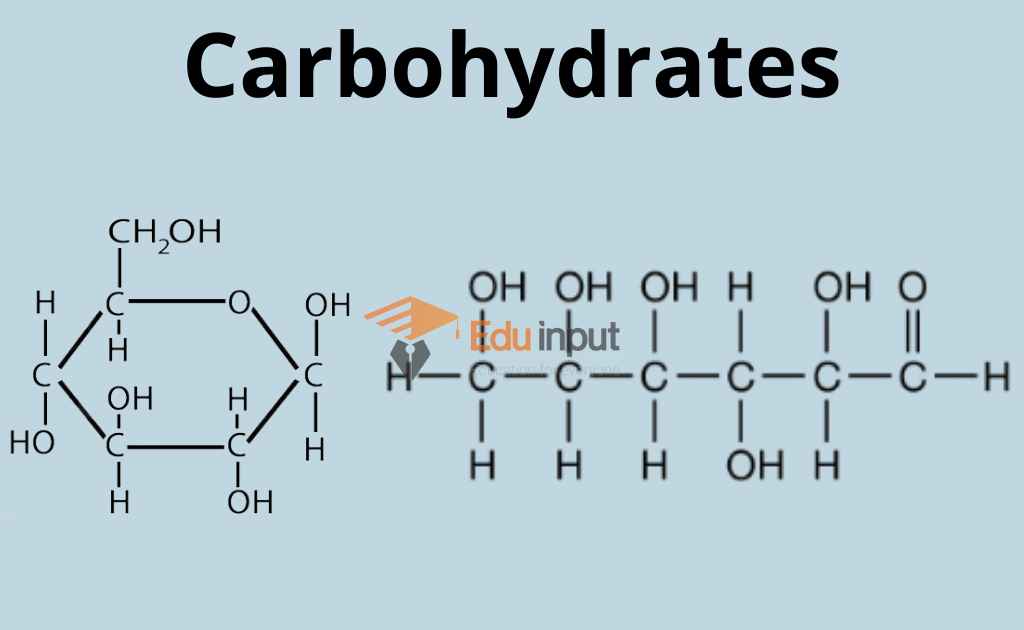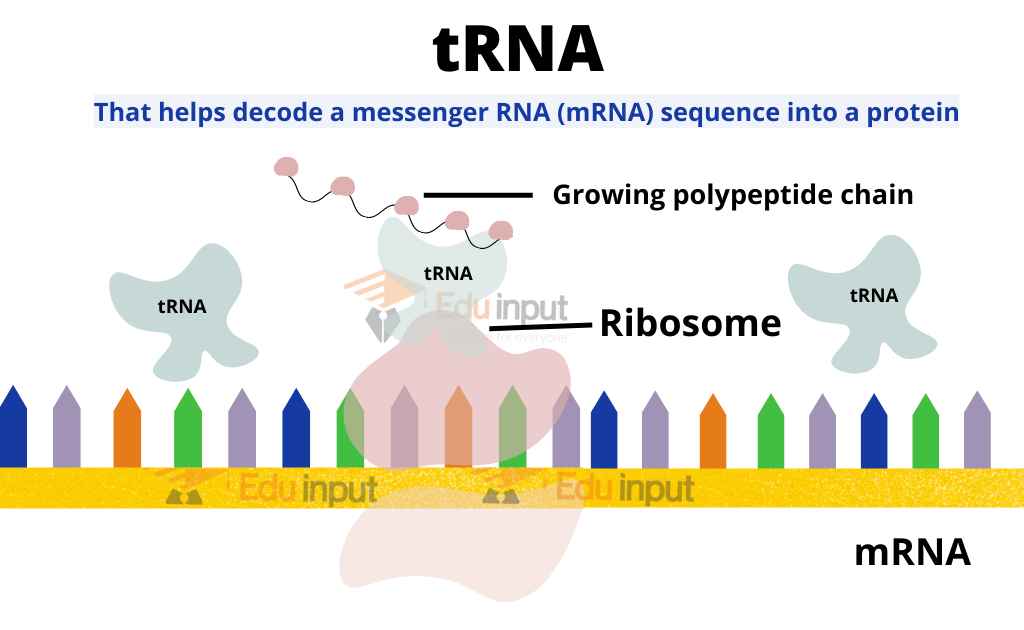What are Macromolecules?-Definition and Examples
The term macromolecule refers to any molecule larger than a monomer (a single molecule). Macromolecules have a wide variety of shapes and sizes, ranging from small molecules such as water and carbon dioxide to large structures such as DNA and RNA.
Macromolecules are composed of smaller units called subunits. A polymer is a long chain of repeating subunits. Polymers are often referred to as macromolecules, although technically they are not.
A macromolecule may consist of only one type of subunit, such as DNA, or it may consist of several types of subunits, such as proteins. In some cases, the subunits themselves are macromolecules. For example, ribonucleic acid (RNA) consists of two kinds of subunits: nucleotides, which are the building blocks of DNA and RNA; and phosphates, which are the building block of ATP.
In addition to being composed of different types of subunits, macromolecules may differ in their shape. Proteins are linear polymers, while DNA is a helix-shaped double-stranded polymer.
Examples Of Macromolecules
Here are some examples of macromolecules;
Protein
Protein is the primary building block of human cells and is what makes up muscle, skin, hair, nails, bones, and blood. Proteins are composed of chains of amino acids linked together. There are 20 different types of amino acids, each containing a specific chemical structure.
Each type of protein contains a unique combination of these amino acids. Proteins are extremely versatile and have many uses including structural components, enzymes, hormones, antibodies, and even neurotransmitters.

Carbohydrates
Carbohydrates are the second major class of macromolecules. They are formed by the polymerization of simple molecules.
Sugars are carbohydrates that are easily broken down by humans and animals. These molecules are often referred to as simple carbohydrates because they only consist of two or three monosaccharide units (mono means single). Examples of simple carbohydrates include glucose, fructose, sucrose, maltose, and lactose. Fructose is a sugar commonly found in fruits and honey.
Glucose is the basic carbohydrate unit and the simplest form of sugar. Lactose is a disaccharide consisting of glucose and galactose. Maltose is a trisaccharide made up of glucose, mannose, and galactose. Trehalose is a non-reducing disaccharide that consists of two glucose units joined together.
Lipids
Lipids are the third major class of macromolecules.
Fatty acids are long-chain hydrocarbons that are derived from fatty alcohols. Fatty acids are the building blocks of lipids, which are the compounds that make up our cell membranes. The majority of fatty acids are saturated fats, meaning that their carbon atoms are bonded to four hydrogen atoms instead of the usual three.
Lipids are the building blocks of cellular membranes and are made up of fatty acids and glycerol. Glycerol is a three-carbon molecule that is attached to fatty acids via ester linkages. The number of fatty acid chains determines the size of the lipid molecule. Smaller lipids tend to be more fluid than larger ones.
Nucleic Acid
Nucleotides are the basic building blocks of DNA and RNA. Nucleotides are comprised of a phosphate group, a five-carbon sugar called deoxyribose, and either adenine, cytosine, guanine, thymine, uracil, or hypoxanthine. Adenine is the base of DNA and is present in purines.
Cytosine is the base of RNA and is present in pyrimidines. Guanine is the base of both DNA and RNA. Thymine is the base of DNA, while uracil is the base of RNA. Hypoxanthine is the base of some viruses.

What are the 4 types of macromolecules?
There are four types of macromolecules;
Proteins
Carbohydrates
lipids
Nucleic Acids
What are macromolecules in simple words?
Macromolecules are a group of a large number of atoms. Macromolecules are made up of monomers (similar molecules).
Where are macromolecules found?
Macromolecules are found in living organisms. Where they perform vital roles like information transfer (through nucleic acids) or energy storage in form of carbohydrates.
Is water a macromolecules?
Water is essential for life, but unlike proteins, carbohydrates, lipids, and nucleic acids, it is not a macromolecule.

 written by
written by 





Leave a Reply